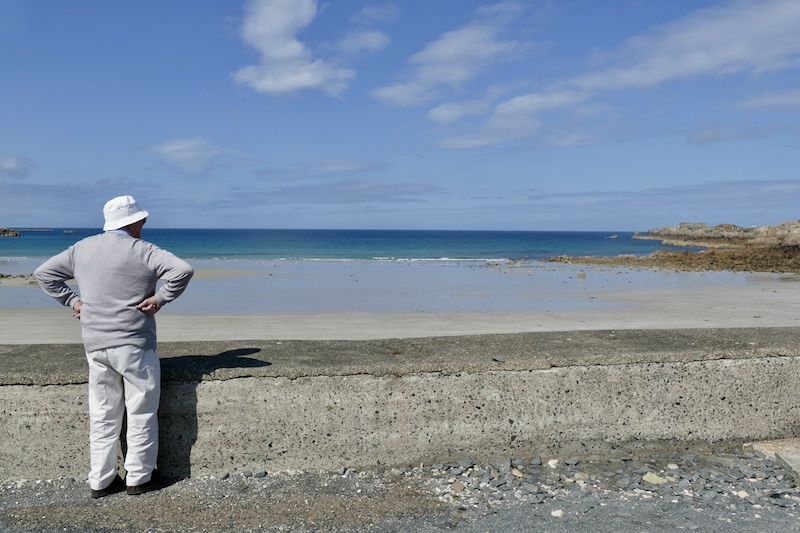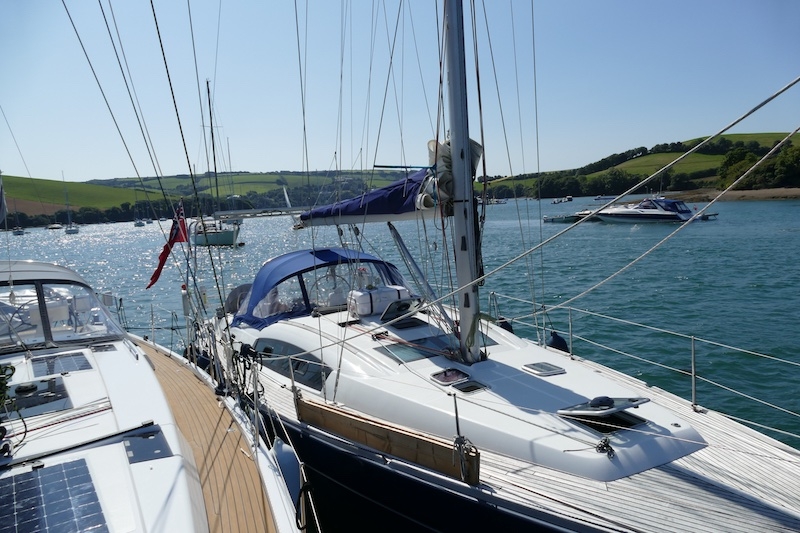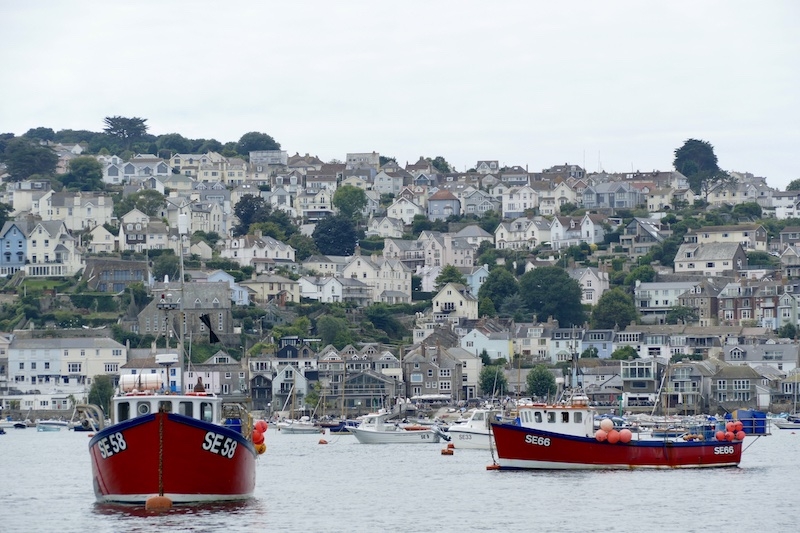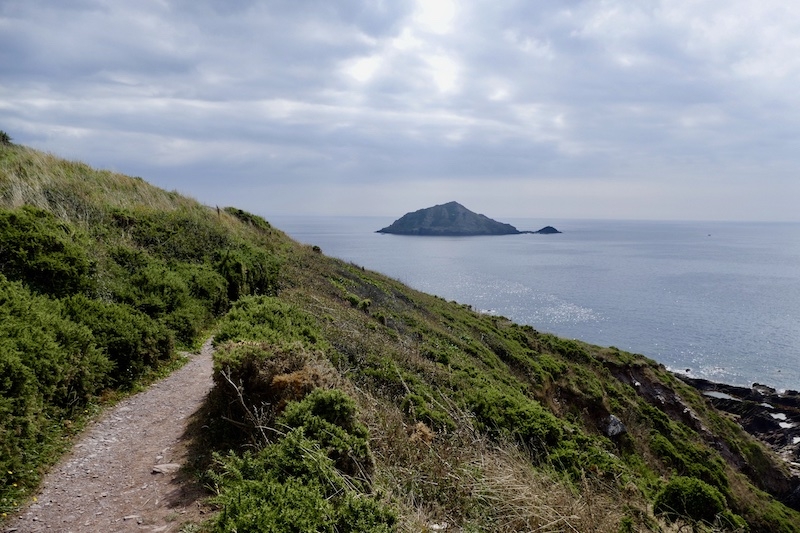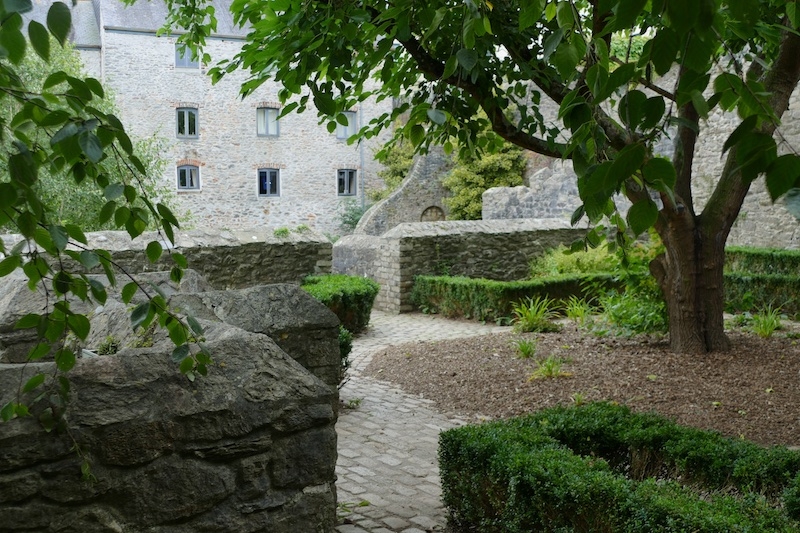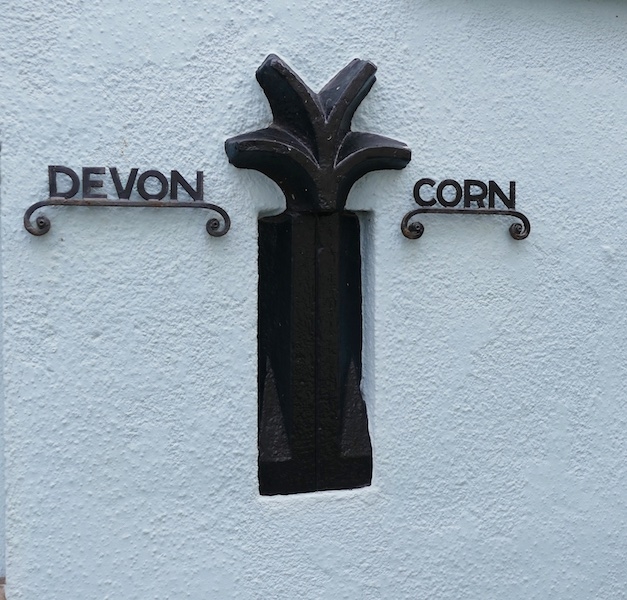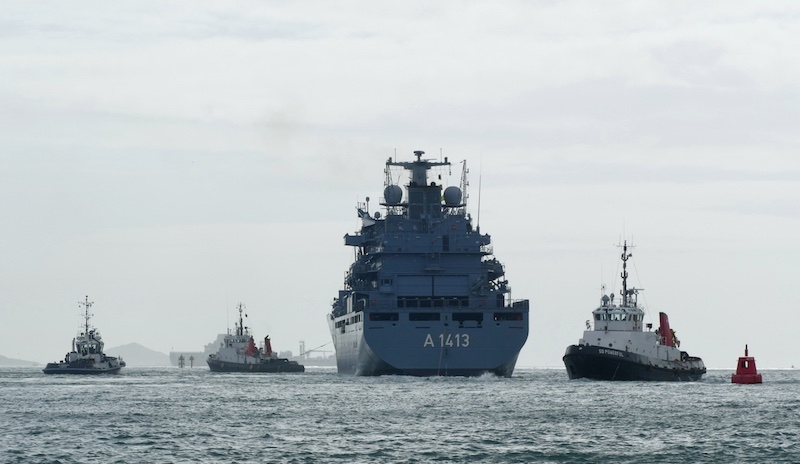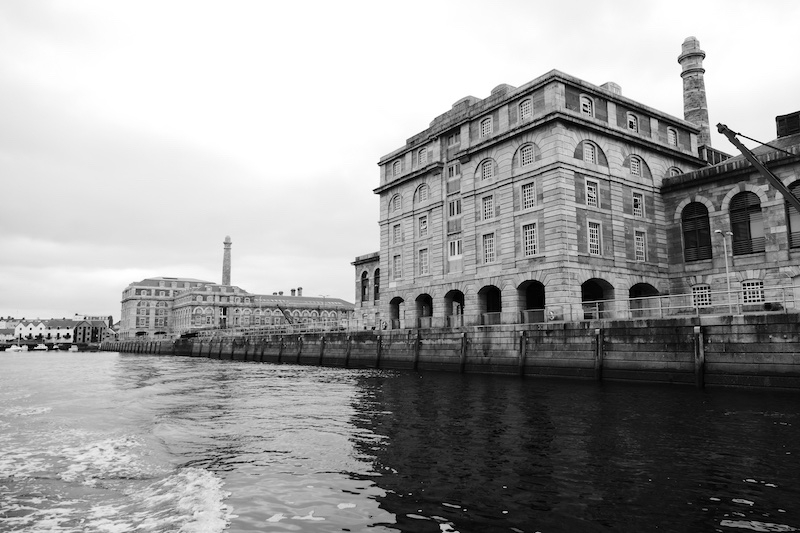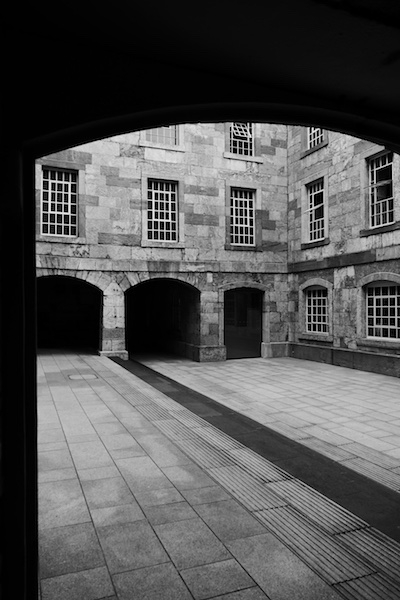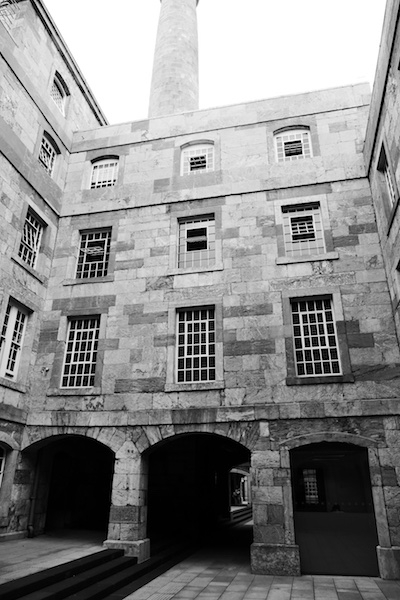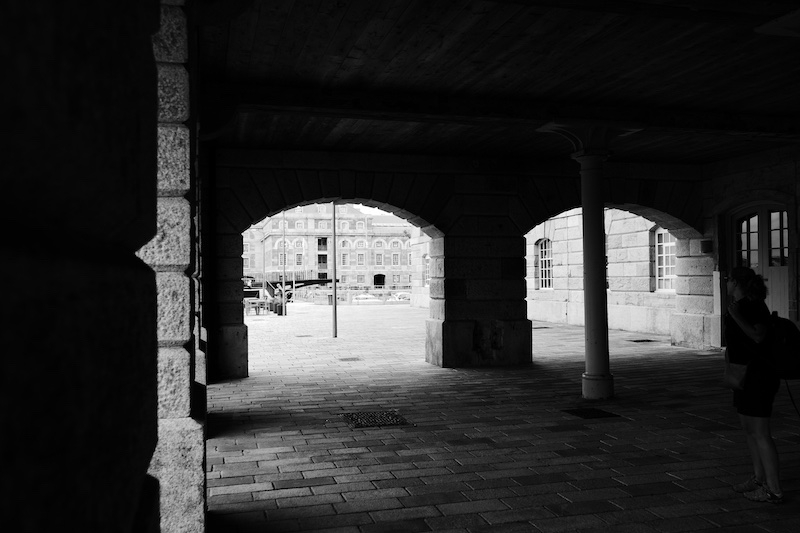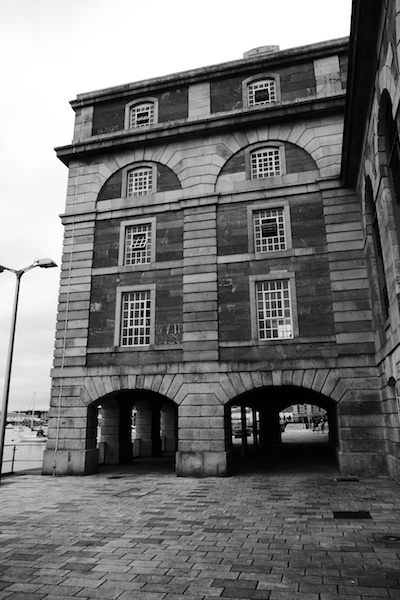
The end of August arrived as did the shortening of daylight hours and a decision had to be made about when and from where we should start heading home. We were now midway between St Malo and our initial goal of Roscoff where we had planned to cross the channel to Falmouth. The distance between these points is about 120 miles but with a recent discovery that our navigation lights were somewhat intermittent, any night sailing was ruled out and so we needed to divide our return journey in to two legs, both of which had to be completed in daylight.
The river Tréguier is a good launch point for Guernsey and thence onward to Salcombe, giving us two legs of around 60-70 miles each and so we decided to defer Roscoff until another time. The decision was also partially influenced by Nina’s parents who were holidaying in Guernsey and there was just the slightest sniff of a free meal! So, braving the chaos of St Peter Port’s temporary marina, we put our cunning plan into action only to find that John had pre-empted our scrounging and trumped our plan claiming it was his birthday!
Leaving Guernsey, we had favourable winds and tide (albeit a lumpy sea to start) we managed to average 7 knots throughout the entire journey and, very unlike us, arrived in Salcombe two hours ahead of schedule and at the same time passing the milestone of completing 1000 miles at sea this summer.
Moving onto Plymouth we re-joined our old personal challenge of walking the 630-mile South West Coastal Footpath. Like most of my enthusiastic plans I’d bought the book, even read it (well looked at the pictures), got a rucksack although so far we’ve only managed about 10% of it but as it passes right through Plymouth, it was time to start ticking some more legs off it.
Donning the walking boots we took the bus to Wembury, to the east, returning to the Plymouth Waterfront before walking the entire seafront to King William’s Yard and then taking the ferry to Mount Edgecombe Country Park to complete more of the path to the village of Kingsand and Cawsand and Garrett Street which defines the border of Devon to Cornwall. That said, in 1844 due to the bitter rivalry of villagers the boundary was moved to the Centre of the River Tamar. If only all arguments could be settled in such an adult fashion.
Wembury beach is dominated by the The Great Mewstone rock where in 1774 a local man was found guilty of a minor crime and sentenced to be ‘transported’ to the island for seven years! He stayed there with his family for the entire time, not once returning to the mainland. Later, in the early 1800s, Samuel Wakeham and his wife Ann were the last inhabitants who set up home on the island and brought up their children there until he was caught smuggling and banished elsewhere.
At the other end of the Plymouth seafront is the Royal William Victualling Yard which was the Naval provisioning centre for the nearby Devonport back in the 19th century. This imposing estate was abandoned in 1992 and left to decay, which is a bit of a theme of our armed services, but following a sixty million pound refurbishment these stunning buildings have been brought back to life now boasting luxury flats, restaurants and a marina .
Not just famous for Navy Strength Plymouth Gin (which I can confirm you could run a car on) Plymouth’s seafaring history boasts Sir Francis Drake, Captain Scott, Captain Bligh, Captain Cook, the Mayflower pilgrims and Tom Daley as all leaving this fine city.
Total Mileage 1101
